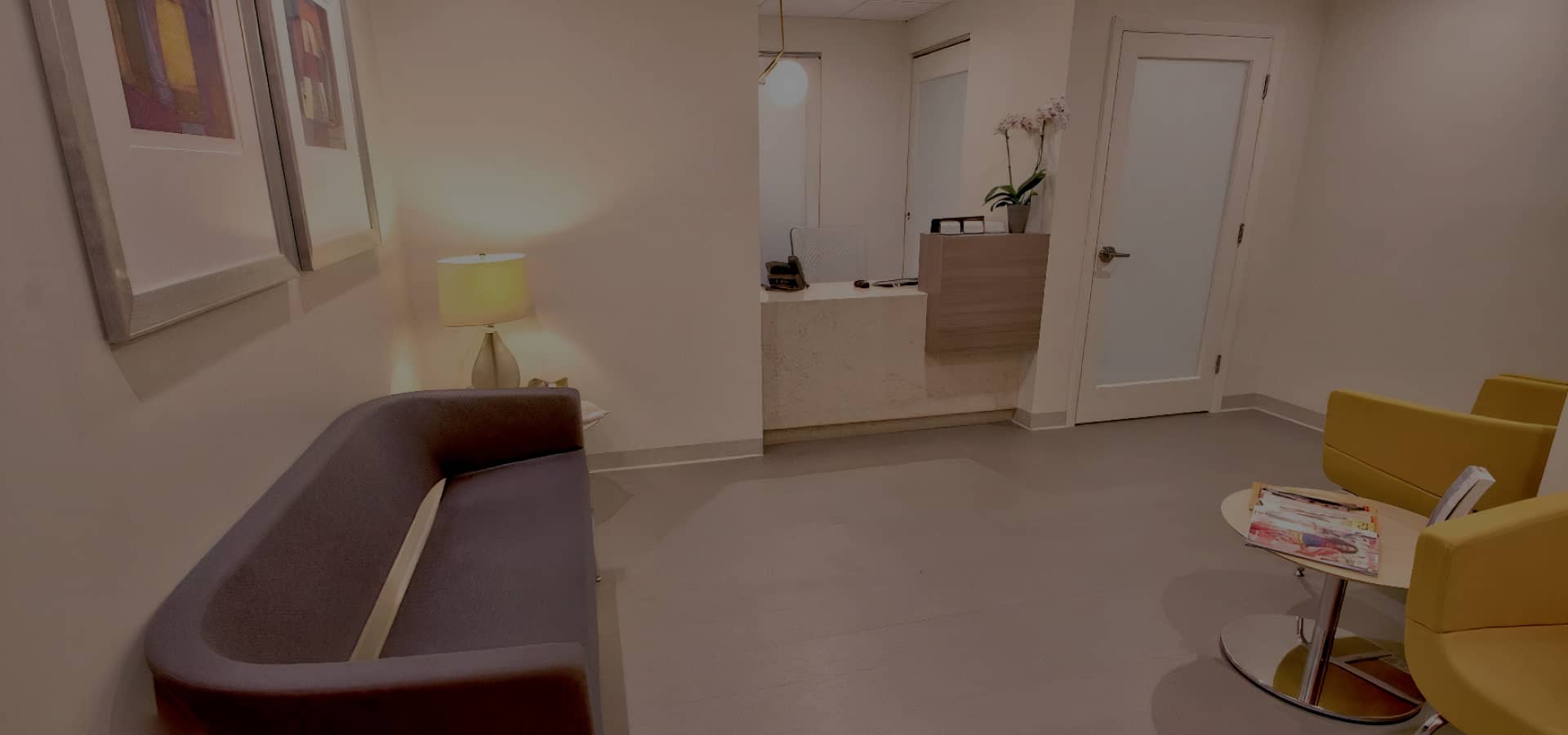You’ve started noticing more hair in your brush or pillow. Maybe your hairline is receding or the crown of your head is beginning to thin. Whether it’s a gradual change or a sudden realization, hair loss can feel frustrating and leave you wondering what your options are.
At Facial Plastic Surgery Miami, Dr. Anthony Bared offers advanced solutions to help you restore fuller hair. Two of the most effective treatments available today are PRP therapy and FUE hair transplants. While both can address thinning and hair loss, they work very differently. In this guide, you’ll learn what sets them apart—and which might be the better fit for your needs.
Overview
PRP Therapy
PRP, or platelet-rich plasma therapy, uses the growth factors in your blood to stimulate your hair follicles. After drawing a small sample of your blood, it’s processed in a centrifuge to concentrate the platelets, which are then injected into thinning areas of your scalp. This regenerative approach can help reactivate weak or dormant follicles to promote natural hair growth.
Hair Transplantation
FUE (Follicular Unit Extraction) hair transplantation is a minimally invasive surgical procedure where healthy hair follicles are harvested from donor areas—typically the back or sides of your scalp—and implanted into balding or thinning regions. The transplanted hairs integrate into your scalp and grow naturally, creating long-lasting improvements in density and coverage.
How the Procedure Works
PRP Therapy
The treatment begins with a simple blood draw, followed by a centrifuge process to isolate the PRP. The concentrated plasma is then injected across the areas of hair thinning using a fine needle. The entire session takes under an hour and requires no incisions or sutures.
Hair Transplantation
During FUE, Dr. Bared uses a specialized device to extract individual follicular units from the donor zone. These units are cleaned and prepared before being implanted into the recipient areas. Depending on the number of grafts, the process can take several hours.
Invasiveness and Recovery
PRP Therapy
PRP is a completely non-surgical treatment that causes minimal discomfort. Although mild redness or swelling may occur in the treated area, there is no downtime, and you can return to work or normal activities the same day.
Hair Transplantation
FUE is minimally invasive but still considered a surgical procedure. Some swelling, scabbing, and tenderness are normal in the first few days post-procedure. Most patients can resume light activity within a couple of days, but full healing takes several weeks.
Candidacy
PRP Therapy
PRP therapy is ideal for men and women in the early stages of hair thinning or those with diffuse hair loss. It’s especially beneficial for women who are not good candidates for surgical hair restoration due to insufficient donor hair.
Hair Transplantation
Hair transplants are for individuals with clearly defined areas of baldness and adequate donor hair. This makes it especially effective for men with male-pattern baldness. However, it may not be suitable for women with generalized thinning or patients with poor donor supply.
Results and Longevity
PRP Therapy
You can expect to see gradual improvements within 2 to 4 months of starting PRP. The hair becomes stronger, denser, and more resistant to shedding. However, results are not permanent—ongoing maintenance treatments are often needed to preserve progress.
Hair Transplantation
Results from FUE hair transplants are typically more dramatic and permanent. Once the new hairs grow (usually 3 to 4 months post-op), they will behave like natural hair. Most patients enjoy lifelong improvements, and no further treatment is needed in the transplanted areas.
Treatment Commitment
PRP Therapy
To get the best results, PRP requires a series of initial treatments—often 3 to 4 sessions spaced a few weeks apart—followed by maintenance sessions every few months. It’s a long-term regimen that requires commitment but offers flexibility.
Hair Transplantation
FUE is typically a one-time procedure or may be repeated once if necessary. After the transplant, no ongoing sessions are required beyond the normal follow-up care, making it a more convenient option in the long run.
Which is Right for Me: PRP or Hair Transplants?
Choosing between PRP and hair transplants depends on several factors: the stage of your hair loss, your goals, your tolerance for downtime, and your long-term expectations. If you’re in the early stages of thinning or not ready for surgery, PRP may be the better fit. If you’re looking for a permanent solution with visible improvements, FUE hair transplantation could be the ideal route.
At Facial Plastic Surgery Miami, Dr. Bared will carefully evaluate your scalp, hair pattern, and personal preferences to recommend the most effective treatment. As a double board-certified facial plastic surgeon with specialized experience in hair restoration, Dr. Bared offers tailored solutions backed by precision and artistry. Schedule your consultation today to discover whether PRP or a hair transplant is the right step toward reclaiming fuller, healthier hair.

